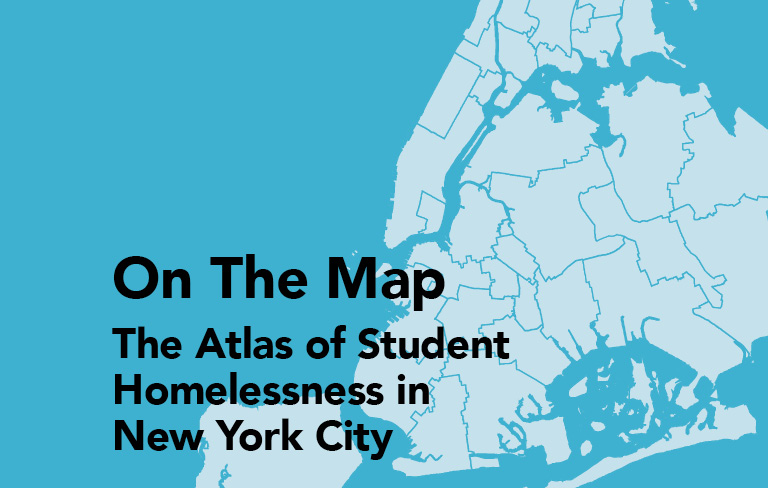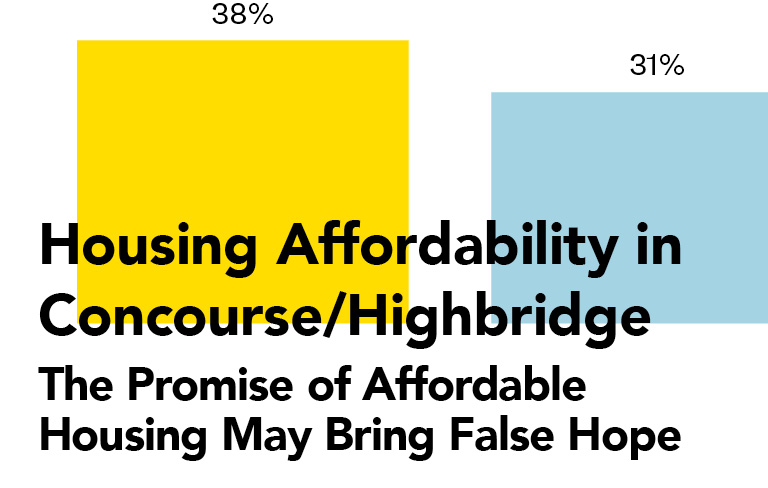
This snapshot is part of a series analyzing student homelessness in all 50 states and the District of Columbia. It analyzes how many homeless students are enrolled in public schools in Texas, where in the state they reside, and how they perform in school compared to their peers.…
Read More

This snapshot is part of a series analyzing student homelessness in all 50 states and the District of Columbia. It analyzes how many homeless students are enrolled in public schools in New York, where in the state they reside, and how they perform in school compared to their peers.…
Read More

This snapshot is part of a series analyzing student homelessness in all 50 states and the District of Columbia. It analyzes how many homeless students are enrolled in public schools in Florida, where in the state they reside, and how they perform in school compared to their peers.…
Read More

This snapshot is part of a series analyzing student homelessness in all 50 states and the District of Columbia. It analyzes how many homeless students are enrolled in public schools in Georgia, where in the state they reside, and how they perform in school compared to their peers.…
Read More

In New York City, more and more children are facing the most extreme form of instability and poverty—homelessness. The new report provides a detailed picture of homelessness within the city’s educational system: where homeless students go to school, what kinds of support they may need, what their academic outcomes look like, and what the lasting impacts of homelessness are educationally—even after a student’s housing instability has ended.…
Read More

This Policy Research Commentary takes a closer look at the interim results of HUD’s Family Options Study, the most comprehensive study ever conducted to test different approaches to addressing family homelessness, and raises serious questions about the ability to draw any definitive conclusions thus far.…
Read More

A new policy report examines when the special education needs of homeless students in New York City are most often identified, the impact of that timing on educational and behavioral outcomes, and the role that school stability plays in timely identification. Meeting the special education needs of homeless students as early as possible ensures this already marginalized group of children does not needlessly fall behind in school.…
Read More











